We get the inside scoop on planets from famed 1940s space reporter James G. Maynard, talking with the planets themselves, together with Sabine Stanley of Johns Hopkins University.
Hello everyone!
I hope you enjoy the penultimate episode of Season 7 of The Cosmic Companion!
The Inside Story on Planets w/ Sabine Stanley, Johns Hopkins University features:
The greatest number of animated characters yet in a single episode - nine!
10 original musical compositions
Our first all-jazz soundtrack
Our first leitmotifs (pieces of music which accompany a particular character)
Our first-ever episode with selective colors (backgrounds are black-and-white while the characters are in color).
And we welcome Dr. Sabine Stanley, planetary physicist at Johns Hopkins University, back to the show!
Check out the sneak preview below!
[INTERIOR. NEWSPAPER OFFICE. BLACK AND WHITE, FILM NOIR.]
DRAMATIC MUSIC — 1940’s FILM NOIR- TYPEWRITER SOUNDS]
NARRATOR: Famed space reporter James G. Maynard sits at his desk, a twinkle in his eye [TWINKLE], waiting for a break in his quest to get The Inside Story on Planets. It was becoming clear he would need to get some leads for this story. But where?
JGM Hmm. It’s becoming clear I’m going to need to get some leads for this story. But where?
[DAYDREAM]
Ah yes! The MacGuffin Case. [opens case]
What do we have in here? Let’s see… Mjölnir. Hmm. I’ve got to remember to get that back to Thor at some point. [TOSS HAMMER] [sigh] The Holy Grail. What’dya know. That’s where I put that! Huh. [TOSS?] What’s this? [PULL OUT SKULL — LEFT HAND, LOOKING AT IT.] Alas, poor Yorick! I knew him, Horatio. [TOSS]
Nope, nope. Not in here. If I’m going to get The Inside Story on Planets, I’m going to have to talk with the planets themselves. And I’m certainly going to have to interview Sabine Stanley from Johns Hopkins University. She’ll give us the scoop on planetary interiors.
[LATER THAT DAY. SOMETIME AFTER LUNCH, MAYBE.]
JAMES MAYNARD So, Mercury. You live closest to the Sun, and you have a rocky surface, something like Earth’s Moon. We know that much. Alright, Mercury, spill the beans. What’s the lowdown on your core?
MERCURY (small, quick, and a bit hot-headed) Well, James, I’m small but mighty. I have a massive core that’s mostly iron, see? Makes up 42% of my volume. That ain’t no small potatoes like Earth, havin’ just 17%!
EARTH [OFF CAMERA] Hey!
MERCURY It might be ’cause of a massive impact event early in life, or maybe some wild times with the Sun, back in its younger, more active days. I’m not telling.
JAMES MAYNARD Impressive! Now, Venus, you’re sometimes called Earth’s twin. But in some ways, people who say that are just whistlin’ Dixie, aren’t they?
VENUS (elegant and a bit mysterious with a thick “cloud” of hair) I may have a core, mantle, and crust much like Earth. But my surface is hotter than a two-dollar pistol! I don’t have any plate tectonics like Earth, and my atmosphere? It’s so dense, it’s like being 900 meters underwater on Earth. I’m not giving up my secrets anytime soon!
JAMES MAYNARD It’s always a hot time talking with you, Venus! Earth, people know you well. But remind us about your layers.
EARTH (friendly and nurturing) Of course, James. From the inside out, I have an inner core, an outer core, mantle, and crust. My inner core is solid iron and nickel, while my outer core is molten. This creates my magnetic field, nurturing life on my surface, protecting every being as best I can. Not like some planets whose names I won’t mention…
JAMES MAYNARD MARS! You’re next. What’s your story, morning glory?
MARS (a bit cold and distant) I have a similar structure to Earth and Venus, but my core is cooler and far less active. I have more iron in my mantle than Earth, giving me my distinctive reddish hue, as well as having more sulfur in my core than Earth’s.
EARTH, OFF CAMERA: At least I have oceans, deary.
MARS I’ve got some big volcanoes though, thanks to my thick, viscous mantle. I haven’t let loose with an eruption since you humans have been watching, but that doesn’t mean that I won’t do so someday.
JAMES MAYNARD Never change, Mars. Never change.
[BUZZER RINGS.]
Ms. Landers! What’s buzzin’, cousin? [CHARLIE BROWN SPEECH] Yes, Yes. I understand. Thank you.
Well, hot diggity-dog! It appears Sabine Stanley from Johns Hopkins University is at the front desk. This could be our big break in getting The Inside Story on Planets. When we get back, we’ll be getting the straight talk from the largest planets in the Solar System.
Now Alright, Jupiter, you’re the big cheese around here. What’s your secret?
JUPITER (boisterous and jovial) Well, James, I’m a real gas, see? Hydrogen and helium, with a core of rock and metal. I’ve got the largest ocean in the Solar System, made of pure hydrogen. And my core? Could be metallic hydrogen, could be a super-dense hydrogen and silica soup. Who’s to say?
JAMES MAYNARD (chuckles) You’re a killer diller, Jupiter! Now, Saturn, you’re all dolled up with those rings. But what’s the story with your interior?
SATURN (serene and majestic) Like Jupiter, I don’t have a definite crunchy center here — I’m not a candy bar. I’ve got a core that’s got some give, maybe some metallic hydrogen? Surround that with some liquid hydrogen and helium, and a coating of gases, including ammonia.
JAMES MAYNARD Ah! [SNIFF] That’s the ammonia smell. I thought someone was cleaning windows!
VENUS, OFF-CAMERA: Smells like a cat box to me! [<o<o]
SATURN Really?
JM: Uranus, you’re an ice giant. What does that mean for your interior?
URANUS (Cool, but fun) My interior is made of ices, like water, methane, and ammonia, around a small rocky core. And I’m unique because I rotate on my side! You other planets don’t know what you’re missing! Whee!
JAMES MAYNARD Thanks, Uranus, you’re a real Ducky Shincracker. And sorry about people making fun of your name.
URANUS: Whatever!
Neptune, now you’re a no-nonsense eager beaver, running a real marathon around the Sun. What’s going on inside your world?
NEPTUNE (deep and intense) Like Uranus, I’m an ice giant. But my core is larger and my atmosphere has more methane, giving me my deep blue color. My winds can blow over 2,000 kilometers an hour! Those winds are the real McCoy — five times faster than the fastest winds recorded on Earth.
EARTH, OFF-CAMERA: Seriously? Again? You’re all just jealous!
JAMES MAYNARD And finally, Pluto. You’re no longer classified as a planet, but we still love you. What’s your interior like?
PLUTO (small and a bit defiant) It’s a bum rap, but it’s fine. I don’t need outside redemption by humans. I’m a complex world, with a rocky core surrounded by ice and water. My surface is almost pure frozen nitrogen, with mountains of water ice. And I have a heart-shaped glacier! Who needs to be labeled a planet when you have a heart? Eat that, Tin Man!
JAMES MAYNARD Well said, Pluto!
Thanks to all our planetary pals for sharing their inside stories. Join us next time on The Cosmic Companion, where we make science videos that are the cat’s pajamas! Don’t be a wet blanket, subscribe, follow, and share the show. And Jeppers Creepers, keep your peepers peeled for our season finale coming up on 16 December.
Clear skies!
James



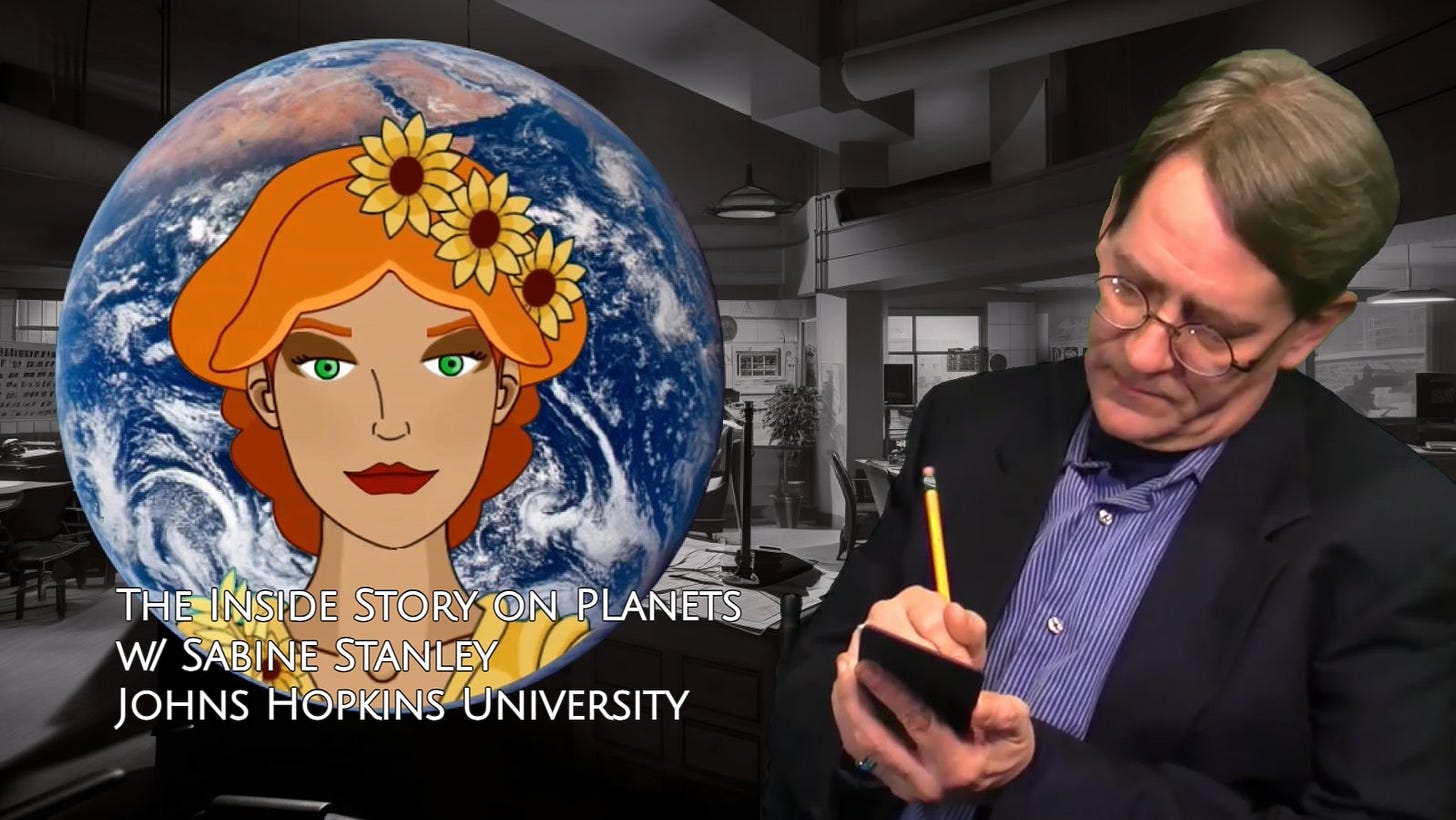
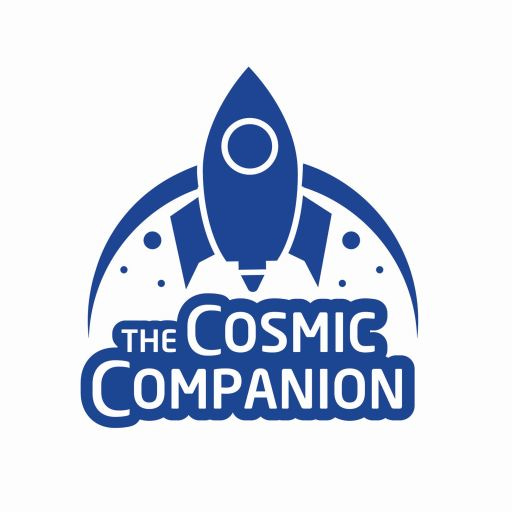



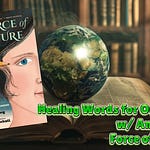



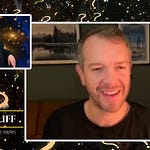

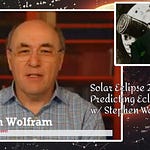

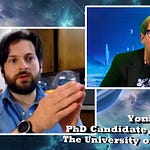





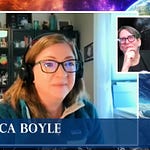
The Inside Story on Planets with Sabine Stanley, Planetary Physicist, Johns Hopkins University